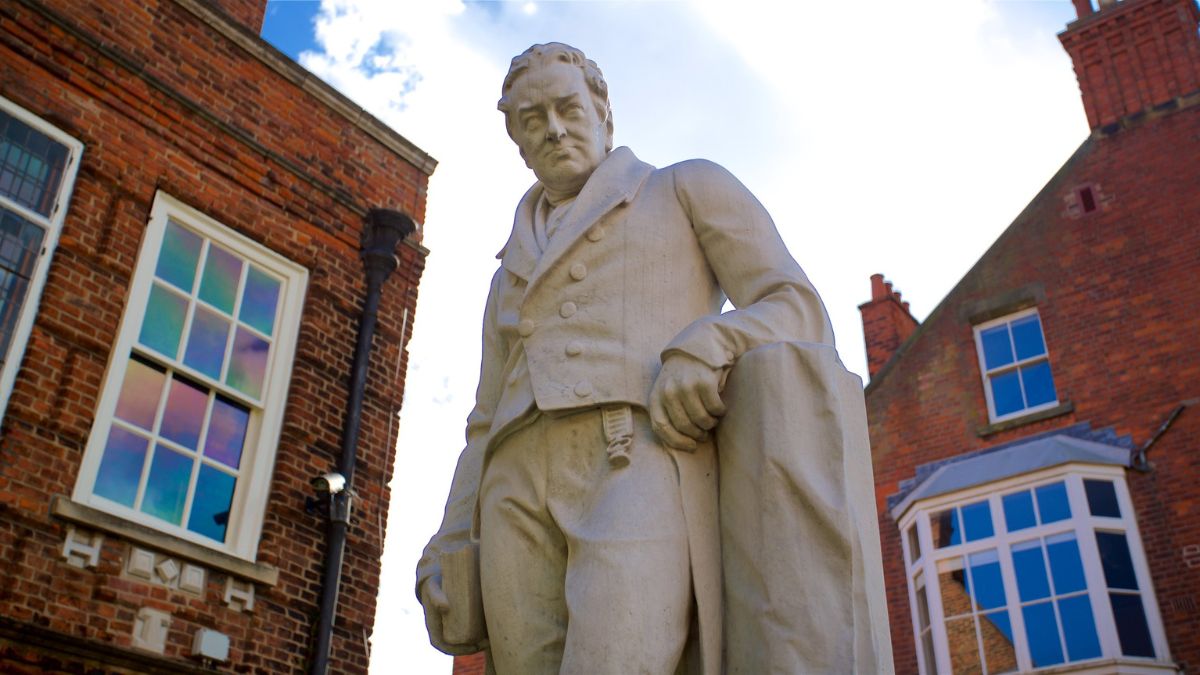

BreakPoint
Throw Momma From the Train
On the surface, George and Eleanor White of Towson, Maryland, could have been a poster couple for Marriage Savers. They'd been married for 58 years and raised a family. Then, in one horrifying instant, all of that changed. And their story is a disturbing glimpse at where the culture of death has brought us. Despite appearances, all was not well with the Whites. Eleanor had a severe case of osteoporosis and other health problems. George had become depressed over his wife's health, and he was convinced that the future held only pain and poverty. So when friends arrived at the Whites' home a few days ago, they found them both dead in the garage. Police concluded that George had shot his wife and then killed himself. Unfortunately, this case is not an anomaly. Last week, a 76-year-old federal judge and his wife were found dead under similar circumstances at their home in Kansas. Florida averages one murder-suicide among the elderly every month. It turns out that people over 65 have the highest rate of suicide of any age group. What's going on here? Well, part of the problem involves circumstances associated with aging: A husband, distraught over poor health or tired of taking care of a sick spouse, may see no other way out. But part of the problem is also cultural. It's what one psychologist calls an "invidious ageism" that, as the Washington Post put it, "assumes seniors have good reason to think about taking their lives." This grim trend is the product of what Pope John Paul II calls "the culture of death." For the past three decades, the West has been systematically devaluing human life. We've gone beyond abortion to constitutionally protecting infanticide, also known as partial-birth abortion. Human embryos today are fair game for ambitious researchers, and cultural elites are openly talking about assisted suicide. We've embraced the Nazi-like idea that some lives are not worth living. This demonic idea is given added legitimacy by programs like 60 Minutes, which recently aired a videotape showing Jack Kevorkian killing a man. The more accustomed people become to the idea of suicide, the more often they see programs like this, the more acceptable it becomes. How do we fight against suicide's increasing respectability? The fact is, we can win. Let me give you an example. In the last election, Michigan voters were asked to decide on a ballot initiative that would have permitted Michigan residents to obtain a lethal dose of medication with a doctor's consent. At the beginning of the election season, polls showed that this initiative would easily pass. But then the churches got busy. My good friend Mike Timmis, working with Cardinal Maida in Detroit, and with Protestant leaders organized a magnificent campaign. All across the state, churches organized to fight the initiative. When I was there last fall, I saw signs plastered on every yard in the areas that I drove through. Church members got out and spoke with their neighbors and their friends about how deadly this initiative was. And their efforts paid off. On Election Day, 71 percent of the voters voted against the initiative. It's proof that if Christians will stand together, if we do our job as the church, we can change public opinion. We can roll back the culture of death.
12/4/98















